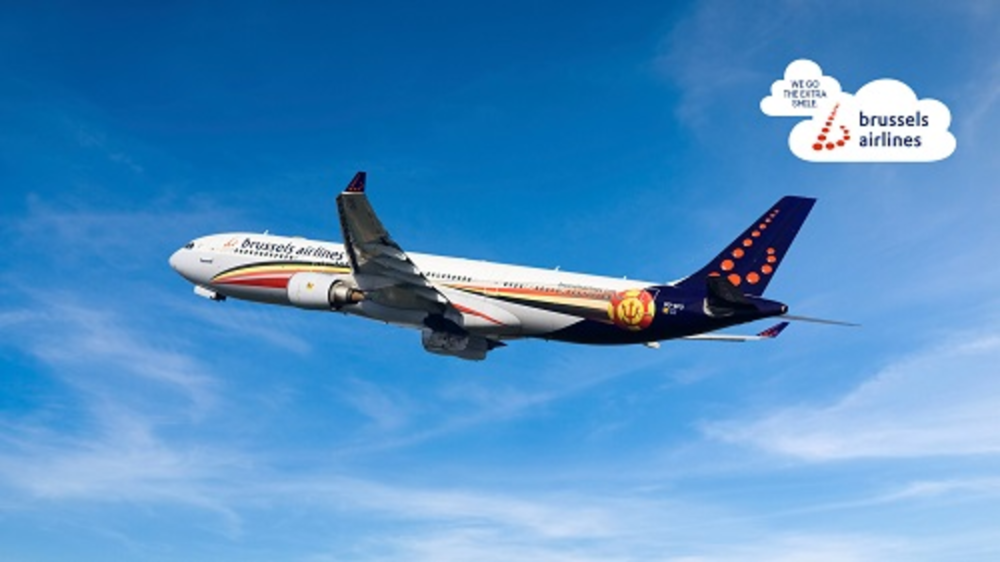With social media, there have never been more ways for an airline to bolster and maintain an image. However, there have never been more ways to damage an image either (see: United Airlines).
Airlines are not only viewing social media as a marketing platform, but as a conduit to engage with the consumer. Take Brussels Airlines, for instance. The company was preparing to launch its first-ever route to Mumbai, India on March 30th, 2017, and it wanted to establish a unique way to promote the milestone.
Filling seats
Brussels Airlines, which commenced operations in 2007, is the flag carrier and largest airline of Belgium, based and headquartered at Brussels Airport.
While Brussels Airlines operates to over 90 destinations in Europe, North America, Africa and Asia, it also strives to expand its reach. The latest new route was to Mumbai, India.
To market this first-ever route, Brussels Airlines wanted to roll out a unique campaign to spread the word to relevant target audiences, which included:
-
Visitors to the Brussels Airlines website
-
Website visitor look-a-like audiences
-
Brussels Airlines purchaser look-a-like audiences
-
India-interested audiences
Brussels Airlines decided the best way to market to such a swathe of targets was social media, more specifically Facebook.
“We knew that the majority of travel exploration takes place on mobile platforms (particularly phones) so we wanted to optimize our ad content for the mobile experience,” says Andrea Bonaiuto, marketing and online sales manager at North America at Brussels Airlines.
However, with so many marketing features and capabilities on Facebook, Brussels Airlines was met with the difficult challenge of choosing the right path forward for the campaign.
The world’s a canvas
Brussels Airlines, with the help of Animoto, a cloud-based video creation service, decided to use, for the first time, Facebook Canvas ads, an entirely mobile-based audience experience where businesses can tell stories and market products to users.
Canvas provides companies with the ability to combine videos, still images, and call-to-action button, giving users the opportunity to swipe through a carousel of images, tilt to view panoramic images, and zoom in to view images in detail.
To create such a user experience, Brussels Airlines and Animoto first had to address matching the ability to tell a good story to the presentation style of the Facebook canvas, which meant making sure the length, number of images and photos, content, would all tell a good story together.
“As part of that, we also wanted to ensure that we were able to create the ad content in square format, specifically; that way, the videos would take up more space on the mobile devices of consumers viewing the ad,” says Bonaiuto.
Animoto was able to leverage this format, says Bonaiuto, and deliver compelling content, which enticed users to continue their exploration and click through to Brusselairlines.com, in a matter of days.
To track the success of this content, Brussels Airlines measured the following:
-
The percent of the canvas that was completed (viewed) by the consumer.
-
The click through rate to brusselsairlines.com.
-
Total time spent within the Canvas.
The sky’s the limit
Within a matter of days, Brussels Airlines witnessed strong results, including 3.2% engagement CTR versus previous campaigns at 1.5% engagement CTR.
Audiences viewed an average of 32.29% of the Canvas ad and spent an average of 34.73 seconds on the Canvas ad.
The click-through-rate to the Brussels Airlines website was .76 percent where visitors spent an average of 1 minute 20 seconds on the site which is significantly longer than other ad campaigns that Brussel Airlines had run previously.
The success can be atttributed to several factors, however, Bonaiuto stresses that while it was the company’s goal was to create a creative marketing campaign, it couldn’t have done so without Animoto’s help.
“As we created our very first Canvas campaign, learning to create videos that met our needs and told a successful story, while also fitting into our marketing budget, was a dream, and Animoto was the tool that got us there,” says Bonaiuto.








